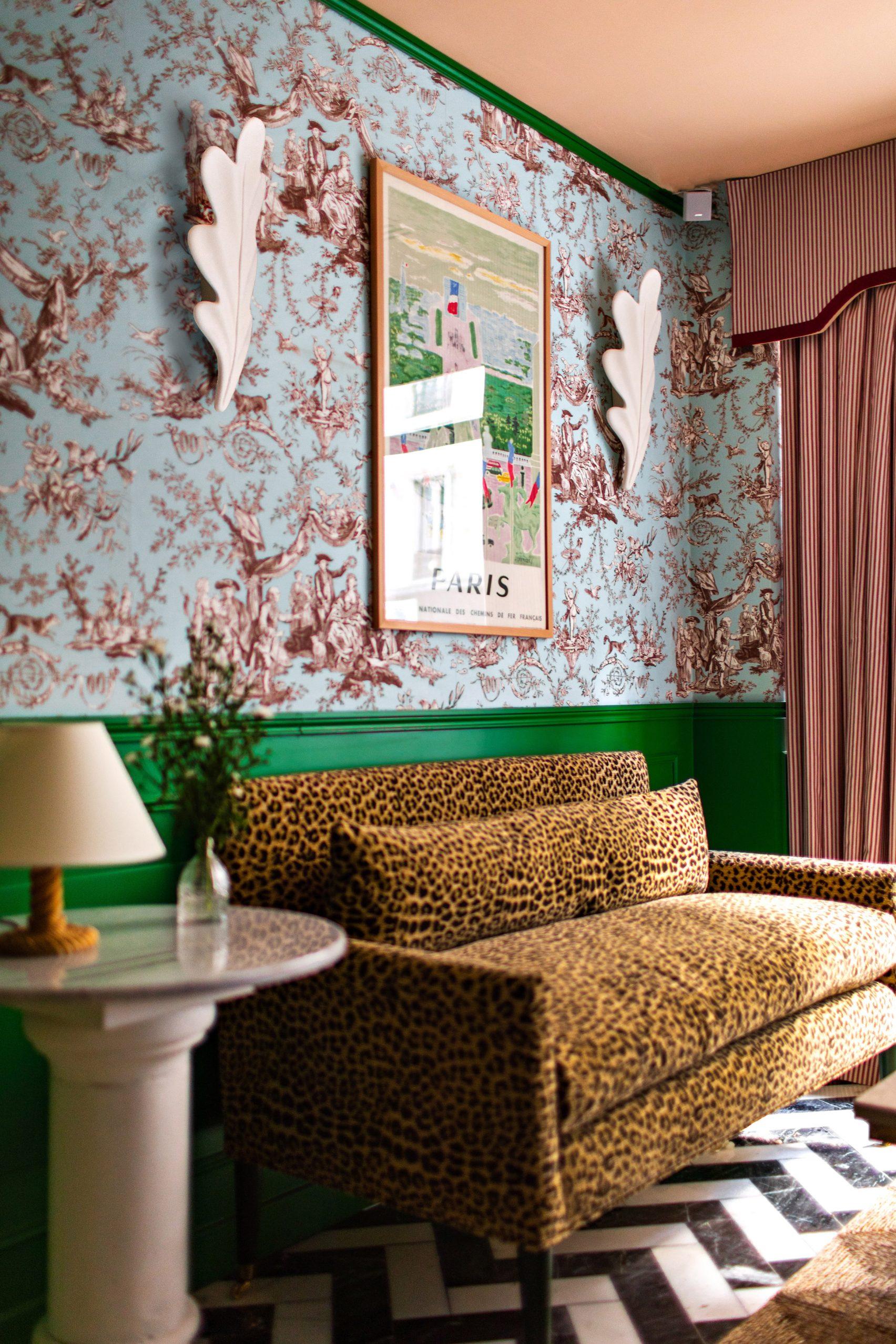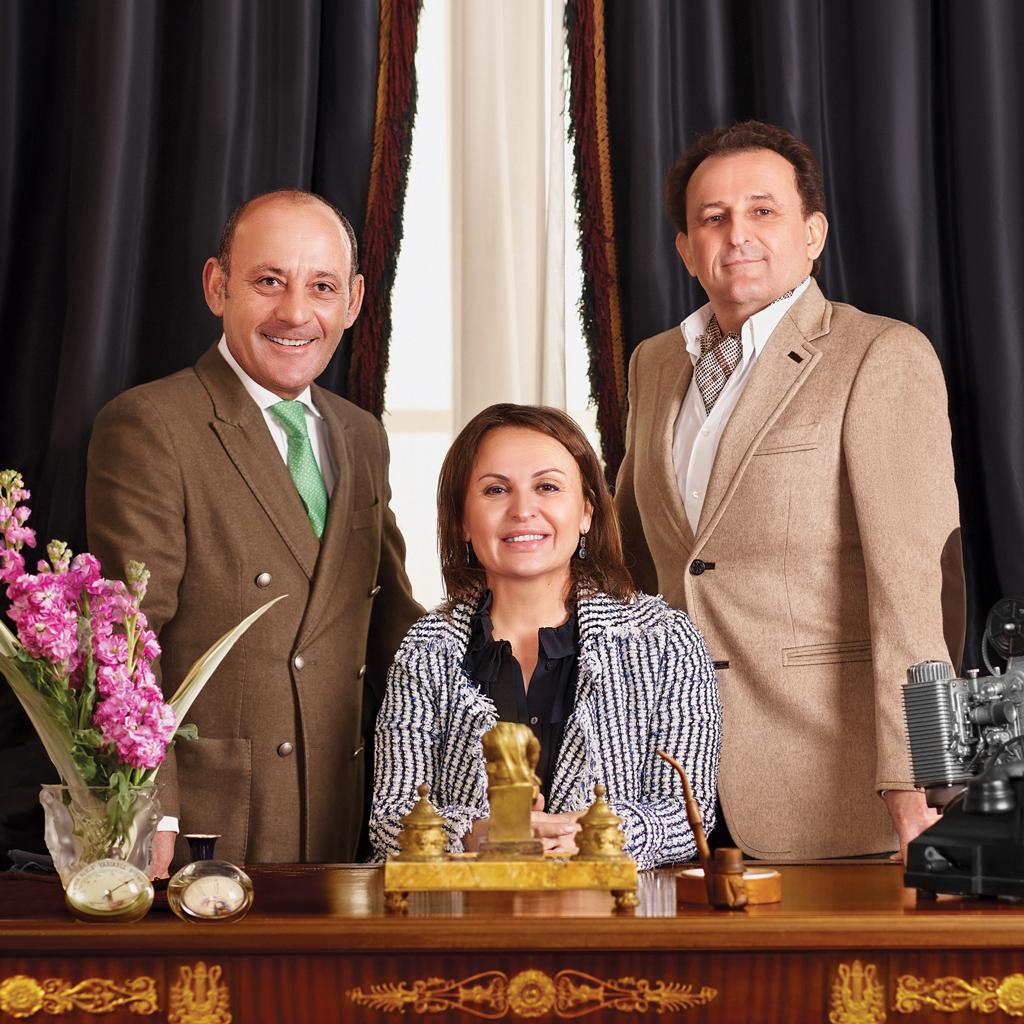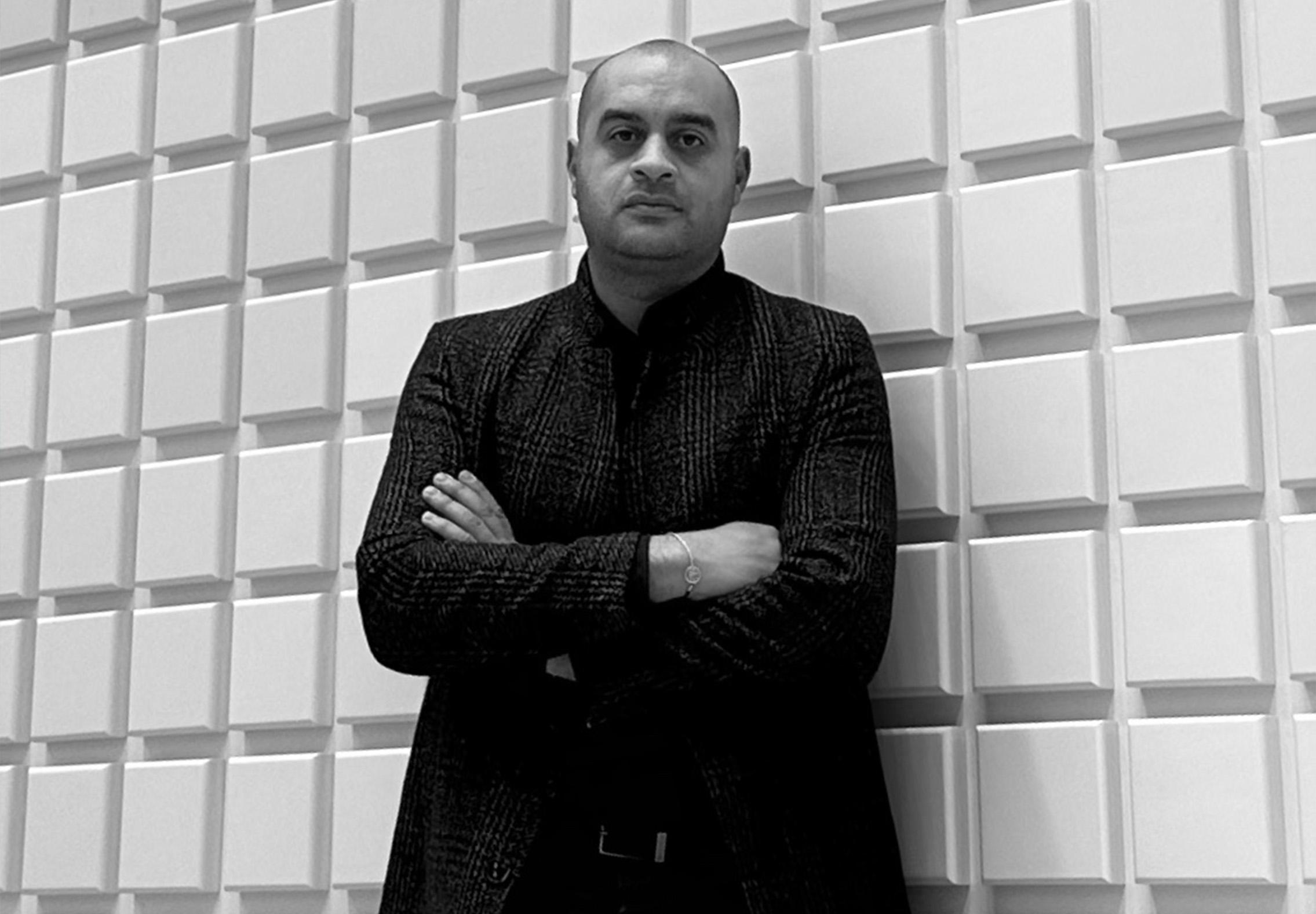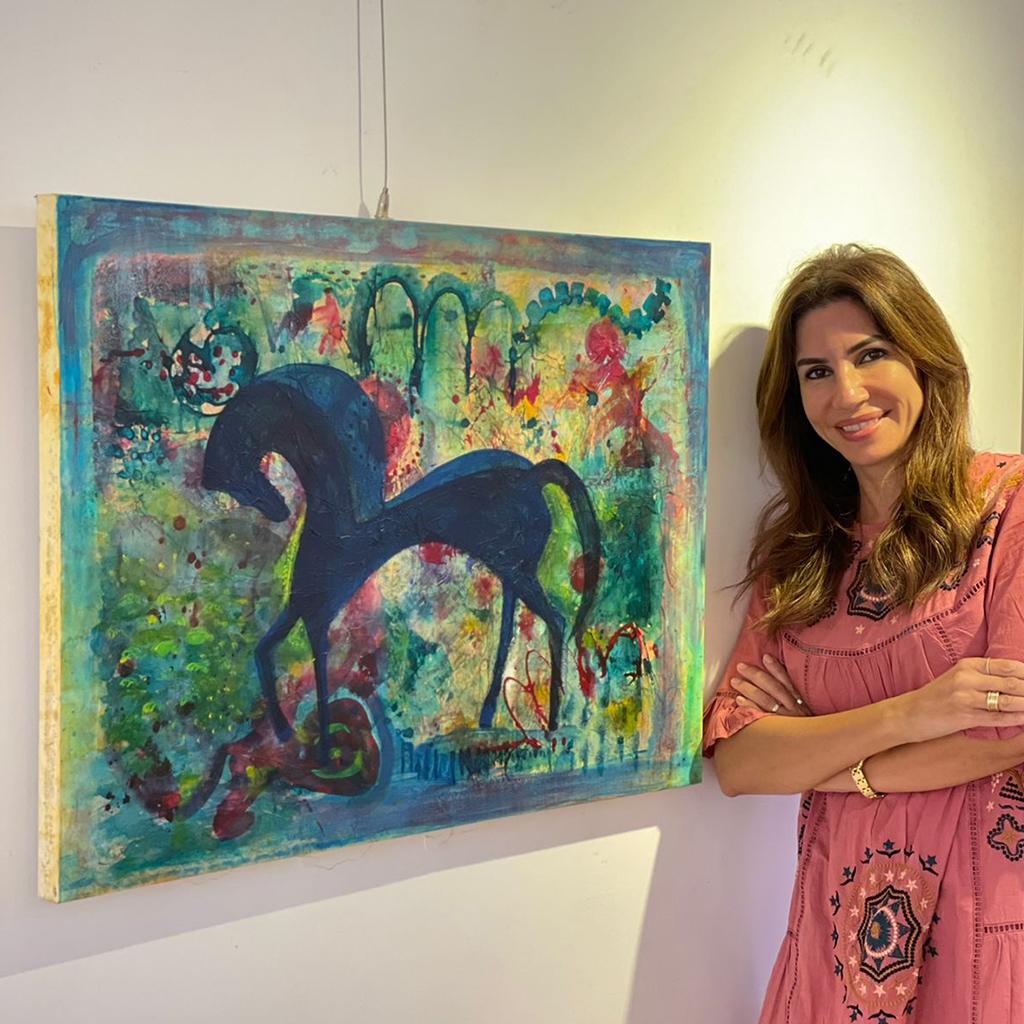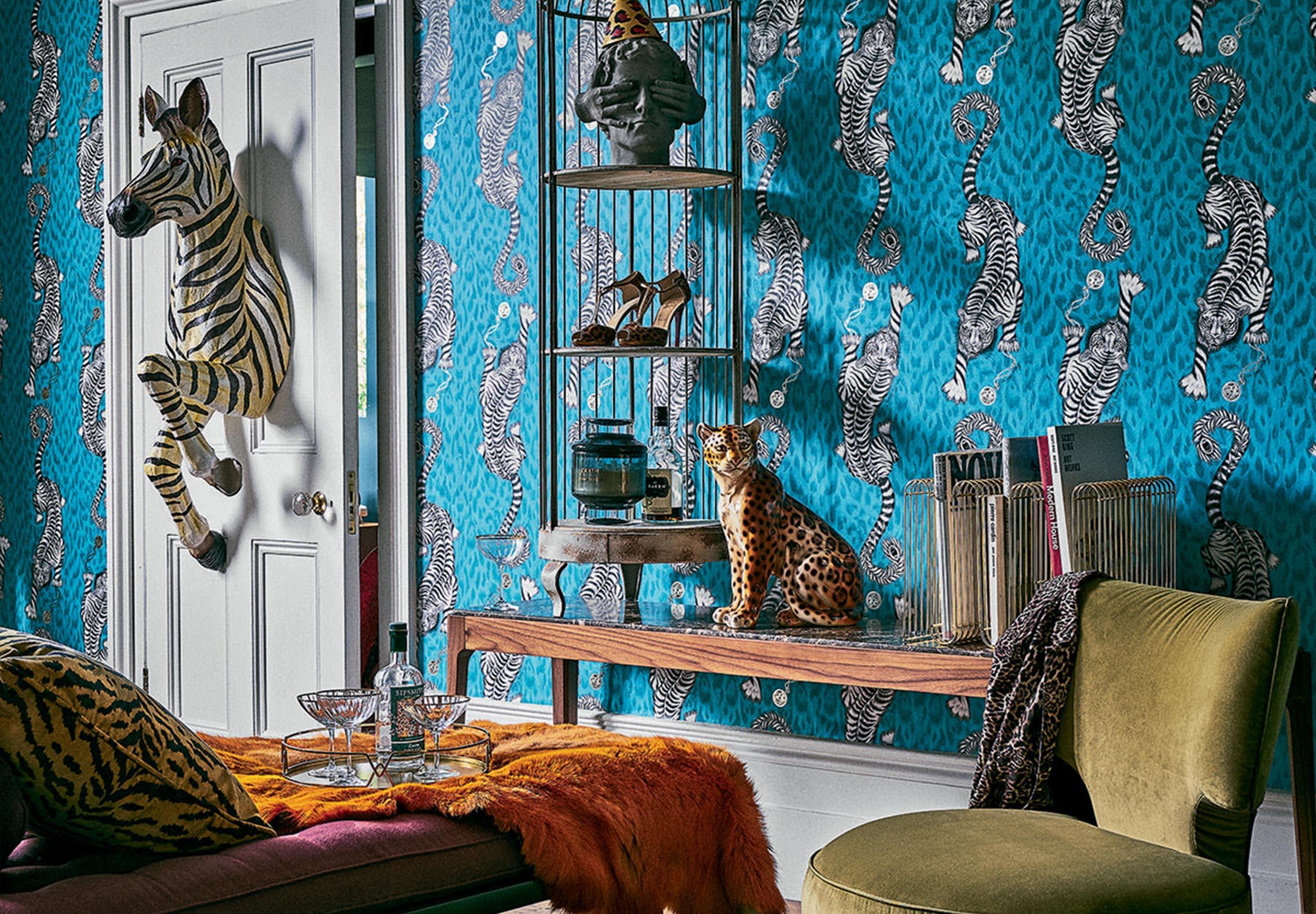
Written by: Farah Hassan
Date: 2023-06-13
Celebrating Abundance in Design
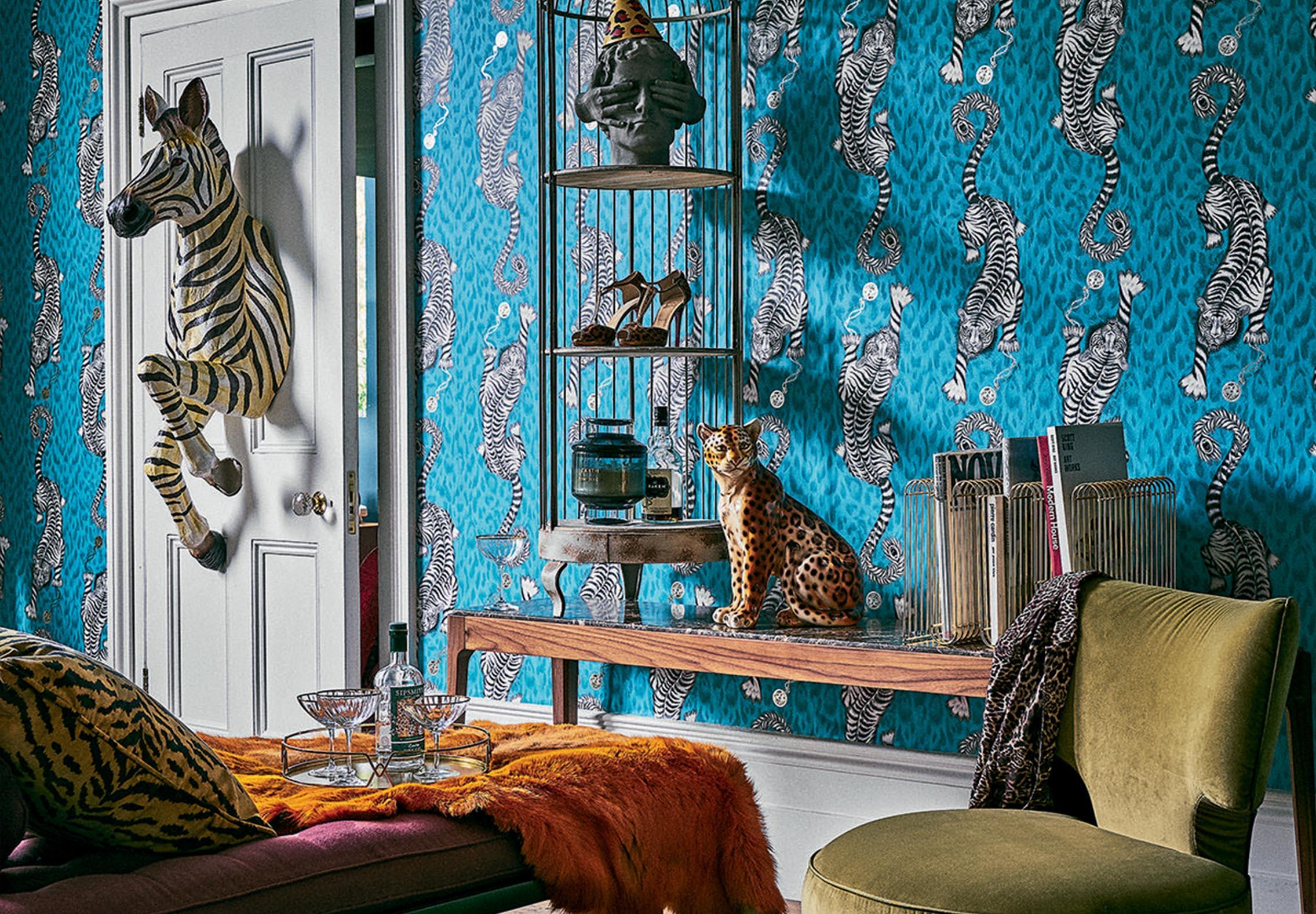
Meet maximalism, the upcoming breakthrough in home design
Maximalism is a philosophy of design based on the idea of abundance that was developed as an opposition against minimalism. Culturally, maximalism emerged in literature, music, fashion, and visual arts, and in some ways, it seems to revive certain aesthetics from the past. It is a movement that gravitates onto the idea of an aesthetic tendency for excess. Maximalism is exemplified in design and decoration by a variety of patterns, vibrant colors, numerous materials, eclectic furnishings, and graphic motifs.
A Celebration of Anarchy
This style emphasizes a person's personality and hobbies and encourages the use of any and all available items, including your preferred fabrics, colors, and accessories. Due to its personal nature and one's diverse taste, it might be extremely appealing.
Conspicuous consumption has been a common way for nations to demonstrate riches and status throughout history. Maximalism flourished during eras like the Baroque and the Gilded Age with their exceptional displays of wealth, but as a sign of how tastes change through time, these styles were later replaced by periods of subtle elegance. The pendulum seems to be starting to swing again in favor of maximalism after decades of beige, boutique hotel-like decor dominating, but its applications are much less homogenized now.
In recent years, grandmillennials and neo-Victorians have been criticized in the media for the revival of the maximalist look, another term used to describe the movement being cluttercore. The widespread pop cultural phenomena sparked by programs like Downton Abbey, Bridgerton, and The Gilded Age is somewhat to blame for maximalism's popularity in the current day. As more designers, conventional buyers, and younger clients have made their way into the market over the past ten years, individuals are increasingly anticipating maximalist interiors with an array of paintings and materials rather than a monochromatic space. These spaces can be incredibly private, friendly, and cozy while still radiating sophistication and opulence because of their layering effects.
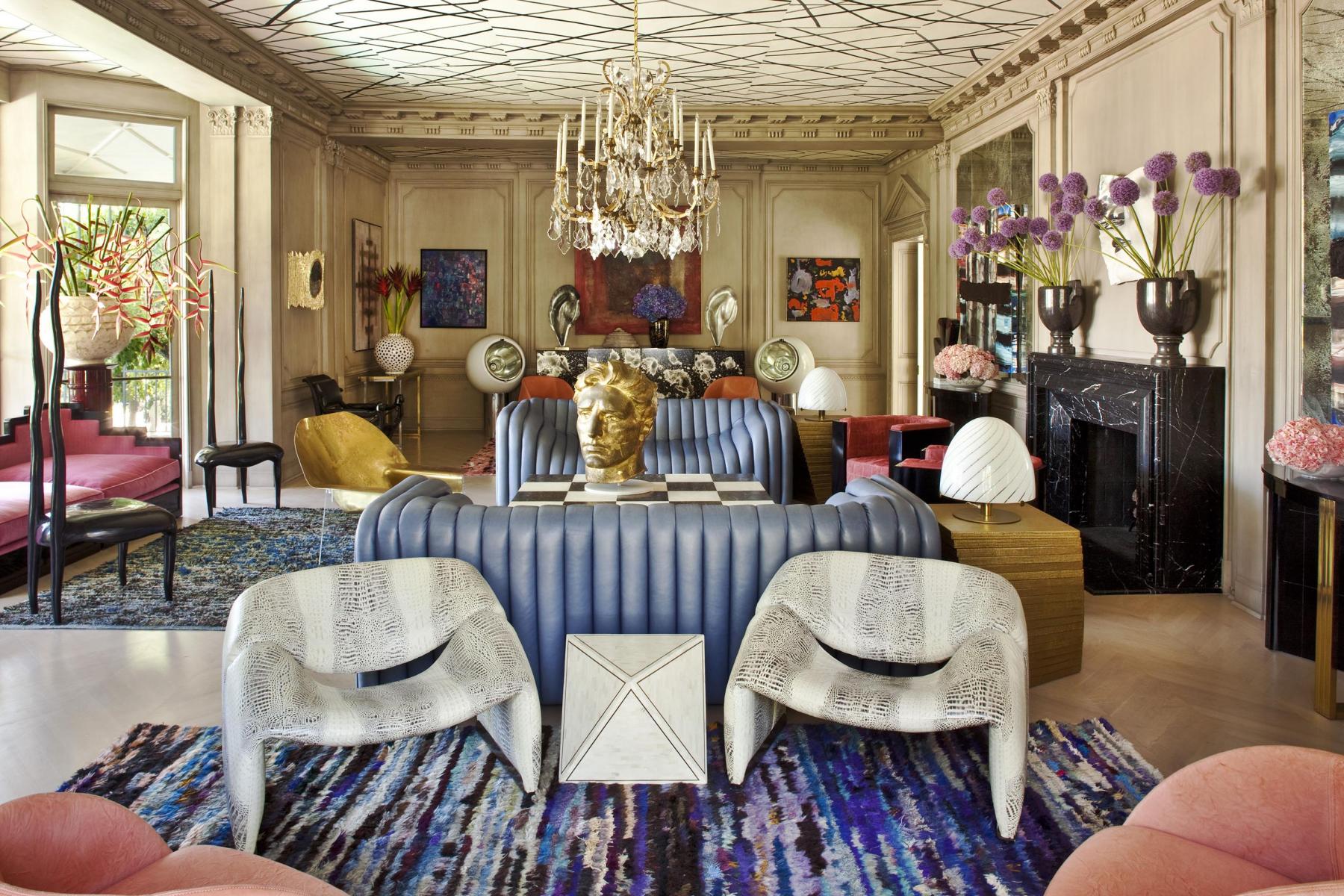
Against the wildly embraced norm
Minimalism, which arose as a reaction to modernism and abstract expressionism that picks the road of doing the bare least to make a space or a piece of art usable or complete. The style of a home is defined by organised chaos, which plays with colourful patterns, various shapes, and the creative blending of opposites. Mastery of the ideas underlying this movement can result in a surprisingly appealing balance of visual overload and a warm atmosphere. Maximalism is the polar opposite of the minimalism trend. Known as the 'aesthetic of excess'. This style, which arose as a result of the postmodernist movement, was built on being eye-catching in every manner imaginable. Despite being at different extremities of the design spectrum, every one of these styles are considered to be equally prevalent. Both minimalism and maximalism, as popular as they are, have their own merits and disadvantages when it comes to outward appeal, comfort, and likability. Maximalism's appeal is found in its nearly unrestrained freedom, going against the grain to give uniqueness and innovation a genuine possibility. This may require some bravery, but it also lessens the temptation to design the ideal home that adheres to the rigid Instagram style. The personal tale will thereafter be responsible for keeping the organised chaos together. The furniture business is starting to place more and more emphasis on this storytelling idea. Younger generations are now increasingly considering these factors when making purchases. Manufacturers must express their narrative in order to stand out, which also requires bravery.
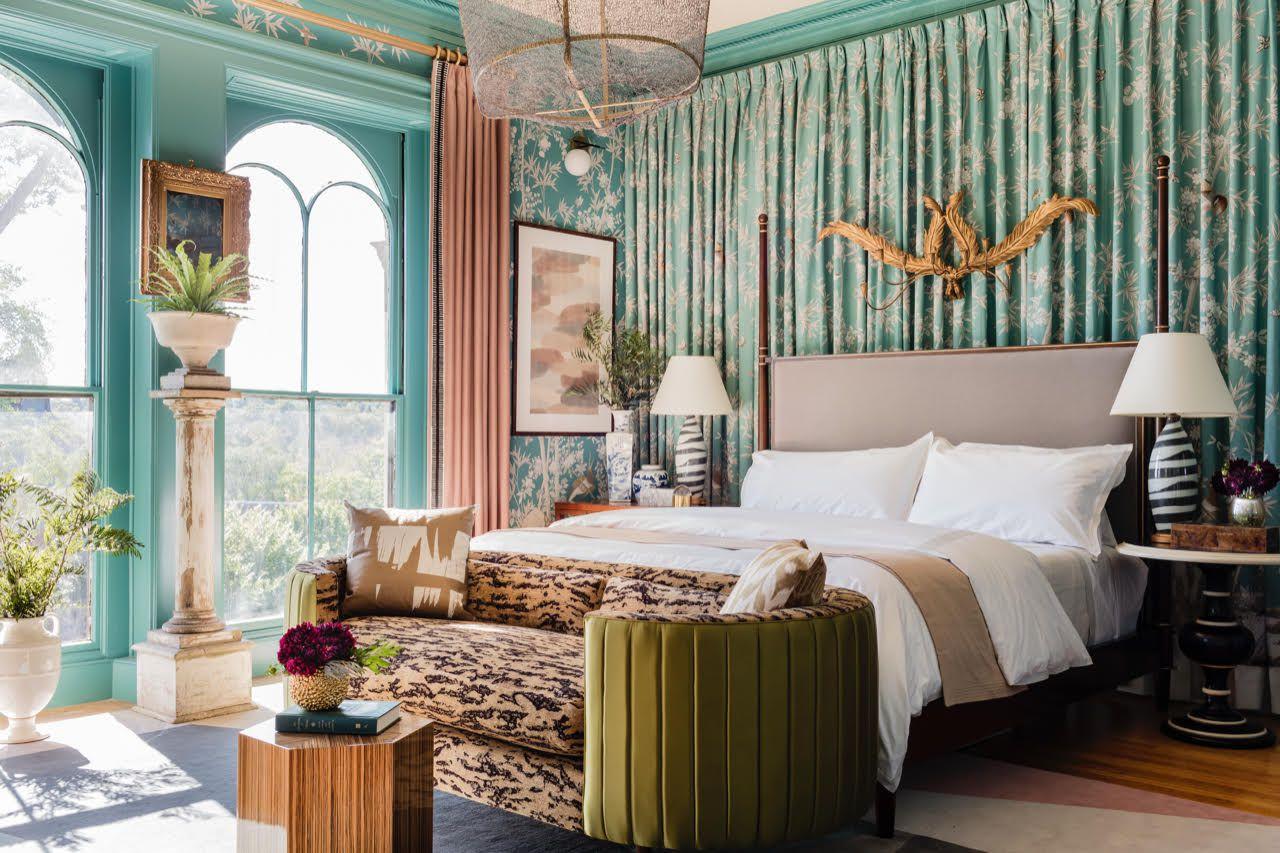
Fundamentals of maximalism
The fundamental principles of this curating technique include layering, integrating both natural and abstract patterns, which may include animal or floral prints, unique artifacts, mixed and matched textures, and blended motifs. In one of the articles featured by Curbed for the New York Magazine, writer Diana Budds, describes maximalism as bringing a front to promoting an anti-consumerist way of thinking; finding a way to make all you have work together and perhaps there's a sense of liberty in understanding that what you have could be considered fashionable to keep around in an attempt to copy this austere approach. This is probably the case as maximalism becomes a conscious decision among everyday consumers. Every surface matters in a maximalist decor. A wide range of options, from opulent declarations to attention-grabbing details, are available with wallpaper and coverings as well as moldings and trims. For this lookbook features clashing colors, bold furnishings, and mismatched patterns. Maximalism is an art and design style that defies the rules of minimalism. Instead, exuberance is encouraged, as is the anarchic use of pattern, color, and texture. As this article demonstrates, maximalism is still making an impact today, with designers applying the aesthetic to the interiors of our homes as well as public areas.
